|
Chinese Sculpture
When talking about sculptures, people will most likely think of the ancient
Roman architectural sculptures or the Greek nude sculptures; few are acquainted
with the history or characteristics of Chinese sculpture. In fact, Chinese
sculptural art, while differing greatly from its western counterparts, has
thrived in a long historical process of development in many aspects.
Chinese sculptors have sculpted delicate objects, such as figures, animals,
plants and landscapes, with a number of new kinds of raw materials, such as sand
and coal, apart from the traditional bronze
and jade
. Many of the works have become precious artistic pearls in the treasure house
of Chinese art.
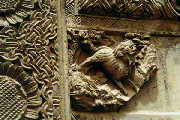 |
Reliefs
are a form of sculpting where pictures are chiseled into the surface of
brick or stone to create something that resembles a combination of both
painting and reliefs. This particular art form was used in ancestral halls
and tombs as architectural decorations, although most are found on brick
walls in tombs. |
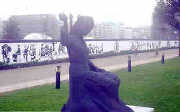 |
Coal carving, which has existed for thousands of years but
was only known by a few, has made a comeback with its vitality. |
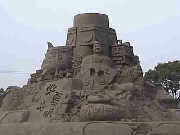 |
By piling, digging, carving and hollowing out this common
element, turning it into mythical scenes and fairytale figures, sand
sculptors have turned the art of carving in sand into a new trend in many
big cities. Known as a modern art for only 20 years, sand sculpting is a
popular and recreational art capable of drawing widespread attention from
the public. |
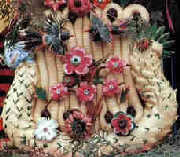 |
Molding human figures and animals from clay or glutinous
rice flour is a popular folk art in both urban and rural areas in
China. |
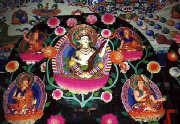 |
Offerings molded from butter, or butter sculptures, are
central to spiritual development in Tibetan Buddhism. As a unique
sculptural art in Tibetan culture, the art has an origin in Tibetan Bon
religion and is considered one of the exotic flowers in the treasury of
Tibetan art.
|
Author: Jessie
|
|
